
Quality photography of any kind is an ever growing and changing field. What was in vogue yesterday is now passé today. It is something that we all must grow and evolve in. My story is one of a long and hard fight while beating my own difficult path into the ground in front of me. Now, it’s time I tell the story of my growth as a landscape photographer.
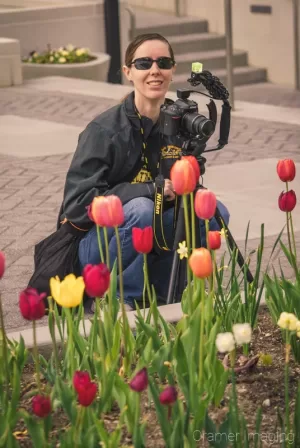
As you probably already know the story behind how I came to be a photographer, then a professional photographer, then a landscape and fine art photographer, I won’t bore you by repeating myself. If you must catch up, there are links at the top which you may use to get the back story.
Like many before me, I thought if I had the right camera I could shoot amazing pictures worthy of hanging in a professional gallery. It almost felt like an explosive energy I could barely contain. Knowing that it is best to learn some basics of the field, I did some study in the subject matter. Since there were classes at school, I figured that was a good place to start.
My growth as a landscape photographer began in school. While in school, I applied myself as best as I knew how to my new field of study. I fulfilled assignments and brought in prints to class for feedback. The feedback I received from my classmates and my professors was disheartening and frustrating. I could not understand why my photography efforts were considered passable at best. It hurt but it did not deter me from photography.
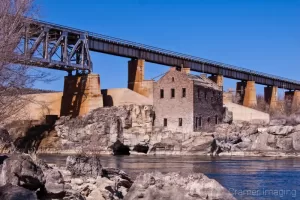
After leaving school and deciding to go professional, I did not understand why people were not just lining up to buy my photos. I didn’t think there could be anything that terrible with my work. After all, I went to school and learned how to do this. I was so wrong and I had no idea just how wrong I was. My growth as a landscape photographer could not progress as long as I bore this attitude.
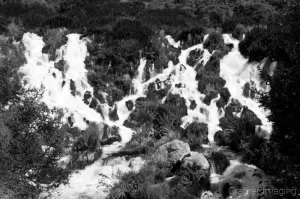
I dabbled around taking a few more pictures. Occasionally, I would get something that I liked. Then I stumbled upon Viewbug and it was perfect for what I needed right then. There were competitions where I could win cool prizes and I could receive lots of feedback from members of the community. I joined.

It took a while for anyone to notice me. When they did, the feedback from likes, favorites, and peer awards was few and far between. I added more photos I had taken with the hope of increasing others’ notice. It did little to help me gain the positive feedback and peer recognition which I was seeking for my photography.
I finally started joining projects and sharing my photos in these themed collections with the expectation that people would give me more positive feedback. Some came (more than had come previously) but things were not up to where I would have liked them to be. It was deeply frustrating for me.
I became more frantic and started joining every project I could and displaying every photo I currently had which could possibly match the theme. (I still didn’t think that the problem was with me and my skill level yet.) That was a very busy time of checking all the new day’s projects just created.
The reception of feedback did not increase proportionally to my efforts like I thought it should have. To call it a logarithmic relationship might be generous. It certainly wasn’t linear like I hoped it would be. Believe it or not, this activity and feedback contributed to my overall growth as a landscape photographer.
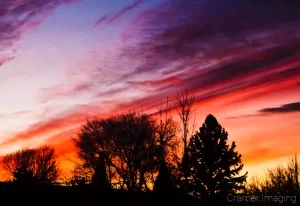
Occasionally, I manage to score a photograph that several members of the Viewbug community like. It is reflected in the number of likes and peer awards granted (Viewbug since changed its model so there are no more favorites nor projects).
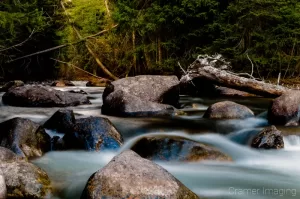
What I didn’t realize at the time was that the lack of positive attention was the feedback I needed. I wasn’t any good and people online were telling me this by ignoring me and my attention-seeking efforts. It took a long time for this message to penetrate and sink in. The reason was that everyone else around me were praising my efforts and telling me how good I was. When I finally got the message that I shouldn’t listen to them for critiques, it hurt but it didn’t deter me from photography either. This was a critical point in my growth as a landscape photographer.

With the inescapable conclusion that I really needed to improve, I started working on improving. I had to improve my camera skills, my selection of photos to process, and my processing skills in order to get to the level of landscape photographer I wanted to be.
With this new more critical approach to my photography, things started improving. I started listening to a few suggestions my spouse had for subject matter. One such suggestion yielded the photo two above titled “Treasure Mountain Spring.” My spouse has some workable ideas for landscape photography but needs my eye in order to compose a proper photograph. It was not easy listening to someone else’s ideas when I first started doing so. Many times, it resulted in a downright fight.

I had been doing some occasional independent study of photography in order to add to my skill set. Sometimes, I would find a Photoshop trick which would become a permanent member of my photo-editing arsenal. I’ve slowly grown and improved this way.
When I started diving deeper into Photoshop (then Lightroom) and learning how to use these professional level tools for my photo editing, my skills started improving much faster. Creative Live classes really helped there.
I started being really critical on the photos I would process. This cut down on the number of pictures I was processing but increased the time I was processing as I wanted to make each the best that it could be if I was going to spend my time on enhancing it.

As my processing time skyrocketed, I started taking the time to make things the best I could in front of the camera lens so I didn’t need to spend as much time processing. I noticed that there are some parts of processing which don’t look natural at all. The more “fixing” the less natural the photo looks.
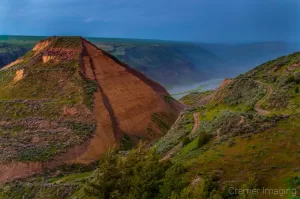
One thing which I learned in music that could also apply to photography is that: it’s not about trying once and getting it perfect. It’s about being consistent enough so you don’t have to worry about whether or not you got it perfect. Some basic things must simply be automatic so you can worry about those pinnacle details you want to nail. This means I needed more practice in order to automate things like basic composition, lighting, and camera settings. I also needed to streamline my processing workflow so it didn’t take up so much of my time after a shoot.
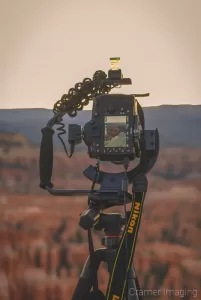
Along the way, I discovered a major part of why my photography wasn’t as good as I thought it was. I discovered that my computer monitor was holding me back from choosing the right photos for processing and causing me to process my decent photos up wrong. Read more about that story in this article. When I replaced my monitor with something much better, I saw a dramatic improvement to my photography right away.
I made a list of camera settings to check at the beginning or end of a shoot so that I wouldn’t lose out on a great shot because of camera settings being wrong. I made Photoshop actions and collected up good Lightroom presets for my workflow. Most of all, I started practicing in the field more. I slowly learned to see and know what camera settings I needed and how to get to them quickly.
I started going out for photography when golden hour was approaching so I could get the best light I could for landscape photography. (Those extremely early mornings really suck by the way.) I started looking for places to go for landscape photography. Also, I started keeping a list of potential spots if I could get out for a shoot. In short, I got really serious about my landscape photography work and it slowly started showing.
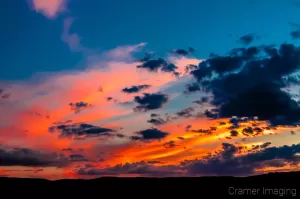
I started studying other successful landscape photographers to see what I could learn there. Peter Lik’s show on the Weather Channel titled “From the Edge with Peter Lik” was especially helpful and enlightening for me.
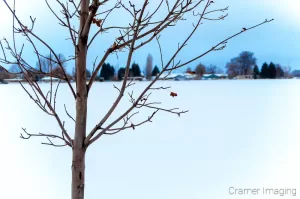
I eventually got to the point where I could see the best time during golden hour for my landscape photos. Also, I reached the point where I could sort-of feel whether or not there would be a good photo at a particular location. I call that inspiration from above. However, I wouldn’t get that feeling without a lot of base knowledge to stand on. I now had that foundation thanks to some serious growth as a landscape photographer.
I got better over time. This is because I set a plan and executed it with TONS of practice. I had to learn the adage that “you won’t get good at something if you aren’t willing to first be bad at it” for myself the hard way. I continue my efforts at learning more about landscape photography as there is always more to learn. My journey as a landscape photographer is far from over and I will keep learning and growing as I go.
Check out below how my efforts at continued study and growth have worked out. How do you think my growth as a landscape photographer has been progressing?


Receive monthly updates in your inbox from us.

Join our email-only photo of the week club to get the full stories behind how we captured our favorite fine art landscape photos.
We respect your privacy
No More Results
Powered by atecplugins.com